Description
Chris Gall Piano
Bernhard Schimpelsberger Percussion
MYRIAD by Chris Gall & Bernhard Schimpelsberger
The duo as the smallest band possible and, at the same time, one of the most demanding. Their public dialogue lays bare the personalities and skills of the participants mercilessly and in all facets. Everything is heard, every mistake and every uncertainty can influence the project, take it in an unforeseen direction. At the same time, however, duo playing in jazz means challenge and adventure. To experiment, to create friction musically and individually, without losing the connection to one’s partner, is the soul of jazz. In this dialogue, it is of the essence to find a common ground, to venture into the previously hidden and undiscovered and to integrate all of this into one’s own musical approach. Such sensitivity (from a psychological point of view as well) is a high art.
Chris Gall and Bernhard Schimpelsberger master this art brilliantly. On the 10 tracks of their album “Myriad”, the pianist and the percussionist search for a musical expression which allows these similarities and differences to create a unique relationship with each other.
The starting point for this exciting journey is the musicians’ diverse cultural approach. Chris Gall sees his roots more in European classical music and in the improvisational tendencies of the West, as mainly used in jazz. In recent years Bernhard Schimpelsberger has been intensively involved in Indian music and with the very complex, traditional rhythm structures of the Far East.
As an impetus they use single, short ideas, from which the compositions then develop. “For weeks, we sent sketches in note form or as small audio files back and forth between London and Munich,” says Chris Gall. “Before we started recording in the Bavarian Broadcasting Organisation’s studio, we locked ourselves away for two weeks, tried everything out and put the pieces of the puzzle together. Most of the compositions resulted from this process and almost all were composed especially for our duo”.
“The compositions serve us here as a compass on these sound journeys”, explains Bernhard Schimpelsberger. “We follow the course they set, at the same time leaving plenty of room in between for improvisation. Here too, the duo offers a vast amount of freedom.”
In this way, the notated substructure still provides enough room for spontaneity and improvisational flights of fancy, which suits the abilities and musical mindset of the two soloists enormously.
The two met in Austria in 2003, when Bernhard Schimpelsberger experienced the pianist live in concert with the Brazilian singer Giana Viscardi. “I was thrilled by his impulsive and rhythmically strong way of playing”, says Bernhard Schimpelsberger. “During the years that followed, I invited him to play in my band Taalism along with the sitar player Shakir Khan. After two successful tours with Taalism it was clear that we wanted to make music together again in the future, but the details were left open.
For a time, the musical contacts were rare. Chris Gall was intensively involved with his trio, duo and solo projects, all of which resulted in outstanding recordings for the labels Act, Acoustic Music and GLM. Bernhard Schimpelsberger moved to India, where he became acquainted with Indian music first-hand. In 2016, they got together again in the Ludwigsburg Bauer Studios for a spontaneous production of the series “Studio Concerts”, a recording of which is available on vinyl. From the outset, they both saw this joint work as a challenging and delightful situation. During the rehearsal phase they then had the opportunity to put their ideas into practice in individual concerts.
With “Myriad”, an album has now been created that lives from a seething rhythmic tension, supported by a deep and soulful communication. Here borders are overstepped in a positive sense, here moods change carefully, here the term World Music is given a new and individual touch. In this fusion of the cultures of East and West, the visionary is as much at home as the down-to-earth. And Chris Gall says: “If, for example, the 13-8th pattern in “Pinhole Observer” is very consistent, this pattern is still free and filled in differently each time. A classical “solo part” such as the piano solo in the middle part of the same piece, or in “Myriad”, is relatively rare”.
The vitality of what is played sweeps along on “Myriad”, constantly opening up new, more remote musical aspects, enriched with dramaturgical calculation and magical sound textures. A shining moment in the long history of duo playing.
Since the recording of “Studio Konzert”, our first vinyl, audiences have repeatedly talked to us about the kind of ‘musical conversation’ that seems to be an important part of our performances. This new release could be a good occasion to put some of our ‘musical talks’ into words, too.
Bernhard: Wouldn’t it be a funny encounter. A bunch of piano keys and a few of my percussion instruments meet for a little chat. Possibly talking about some of the rhythms and how we adapted them on the piano.
Chris: Take your composition “Segeriyua” for instance. It was an entirely unfamiliar world for me. Even though it is based on Seguiriya, one of the oldest rhythms of flamenco. When you showed me the piece the first time, I thought you weren’t aware that I only have two hands to play it. After all, you have two hands AND two feet to layer all those cross rhythms.
B: Only two hands? Oops! How could I get that wrong! Well, there has got to be some advantage of my instrument then! Thinking back I remember, that’s why I always wanted to become a percussionist, rather than a pianist. An odd choice in a family where everybody plays the piano. After all it was powerful, poetic and radiant rhythms such as Seguiriya that attracted me to becoming a percussionist in the first place.
C: Your piece “New Life” is a good example of that too. The minimalistic musical motive on the Kalimba contains a sense of urgency.
B: Due to the overtones of the African Kalimba, also known as Thumb Piano, there is a stringency and dynamism to it.
C: As a pianist who usually only deals with well tempered tuned pianos, I love this about your unique setup of instruments. Each of them comes from a different corner of the world and has its own unique personality. They are sonically unique sculptures. Far off from being ‘well-tempered’ but still ‘in tune’.
B: Maybe that’s why they match so well with your piano. Tuned instruments such as the 6-bell Garrapata or the wooden Tongue Drum for example. They work particularly well because your playing is so much steeped in groove and strong rhythms. And I thought you wouldn’t mind a bit of melodic help from me!
C: No doubt! Even your custom made, pitch-able bass drum, or the Indian Kanjira Drum sometimes become melodic.
B: Also John Cage’s “In a Landscape” has a flavour of that sort.
Although the original is quite simple and meditative, it is complex in terms of its asymmetrical form. For European listeners it must have been rather unusual at the premiere in 1948.
C: Spot on! I kept the basic tempo of the original version, shortened it by two minutes but hardly altered any notes. Only the denseness and intensity of it changed. It’s a bit like placing a big picture in a smaller frame, but without downsizing the image. Slightly strange but I hope the composer wouldn’t get mad at me!
B: Certainly not. The piece kept its minimalistic and meditative character and it is nice to see how the rhythms shape the music. I hope I don’t step on your toes as a harmonist when I say that it was rhythm that made some of the biggest leaps in music in the last century. Regardless of Western classical music or electronic dance music, music as a whole keeps getting more and more rhythmically advanced.
C: Well possible. After all, our sonic explorations are inter-twined with the continuous globalisation of the world. An ever-growing cultural transparency made it possible for styles such as Bossa Nova to develop. The middle section of “Poem on a Typewriter” for example would not have been possible without this either. What an exotic mix of contemporary jazz, twelve tone serialism and classical Indian rhythms with its vocal language Konnakol! It is a privilege to have such freedom in bringing these elements together.
B: Taking such musical liberties and being able to experiment is a real joy. The journey of discovering music collectively. Truly fascinating.
Virtually no other German pianist has, in recent years, stretched the stylistic boundaries of jazz as consistently and inventively as Munich-based Chris Gall. At an early age, the graduate of Boston’s renowned Berklee College of Music made music lovers sit up and listen with his two trio releases “Climbing up” (2008) and “Hello Stranger” (2010) on the ACT Label. He then went on to delight audiences at major festivals from Montreux to the JazzBaltica.
Chris Gall travelled to Buenos Aires with multiple ECHO winners Quadro Nuevo and, in 2015, was a co-recipient of the German Phono Industry’s Platinum Jazz Award for their joint album “Tango!”.
He subsequently released two solo albums, “Piano Solo” and “Room of Silence”, as well as a third trio album “Cosmic Playground”, which was included in the “10 of the hottest new jazz albums” list compiled by the renowned American jazz magazine JAZZIZ.
Last year Chris Gall worked as composer and arranger on several projects, including the Sony Classics album “Volkslied reloaded”, a collaboration between Quadro Nuevo and the Munich Radio Orchestra.
Percussionist, drummer and composer Bernhard Schimpelsberger spent years in India studying rhythm with Pandit Suresh Talwalkar, one of the greatest tabla masters of our time. For many years, this native of Austria has called London, Europe’s world music melting pot, his home. In his tireless search for new sounds, he has travelled the world and composed music transcendent of all genres.
Described by the British drum magazine, Drummer UK, as “one of the most technically talented and tasteful players of recent years”, Bernhard employs a fascinating range of instruments from around the world to create his own distinctive rhythms.
Bernhard Schimpelsberger has composed music for orchestra (“Kismet”, the 2018 Beethovenfest in Bonn), percussion ensembles (Rhythm on Water, Rowing World Cup Championships, 2019), art installations and several contemporary dance productions. His unique rhythmic approach creates a cinematic texture that is in high demand by artists of all genres.
His musical collaborators include many renowned masters of their craft, including Anoushka Shankar (sitar), Akram Khan (dance) and Gwilym Simcock (piano).

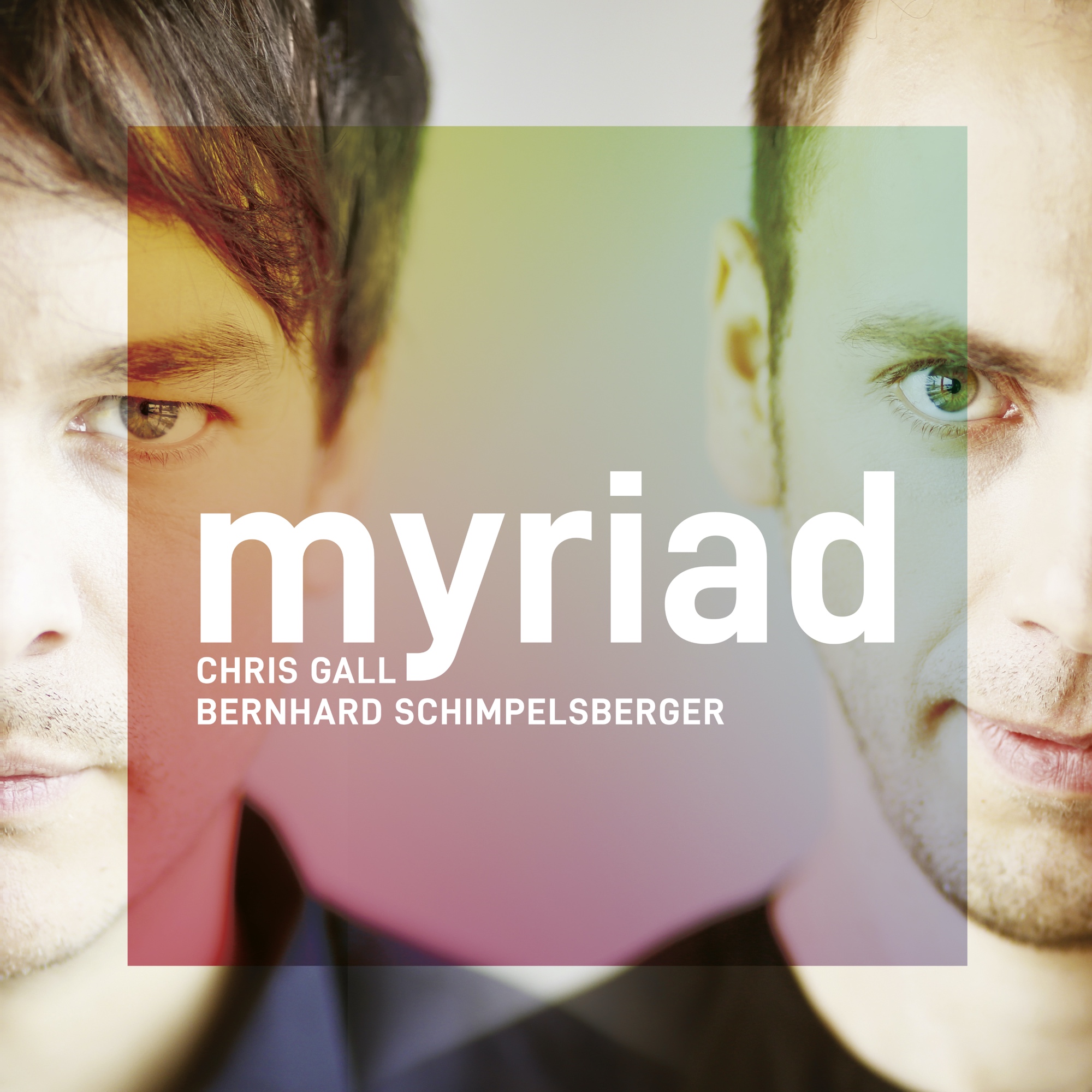
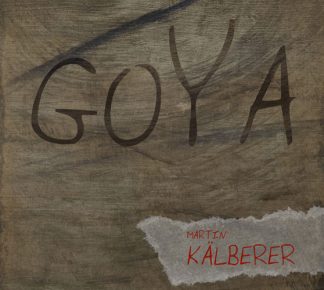
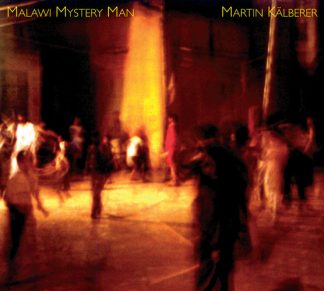
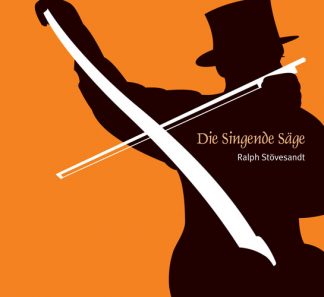
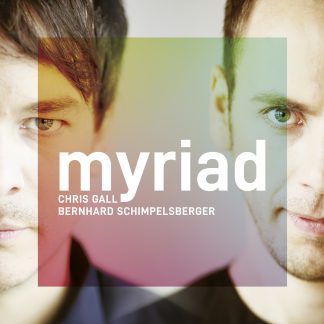
Reviews
There are no reviews yet.